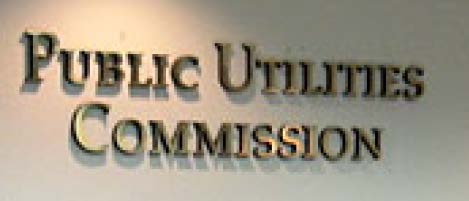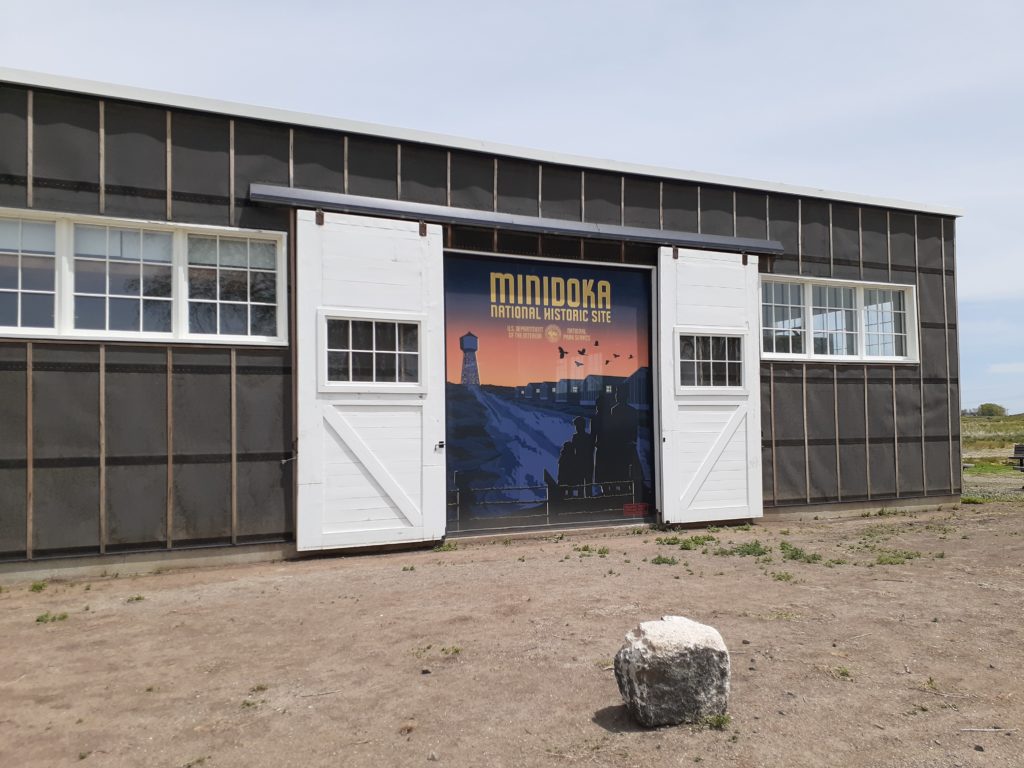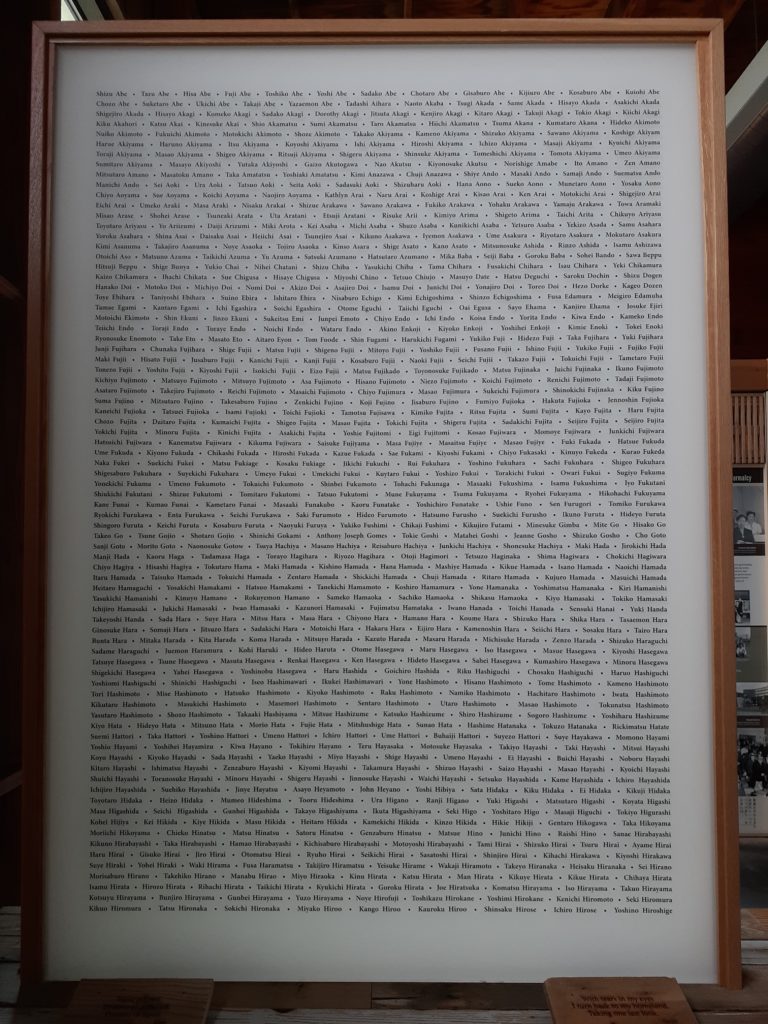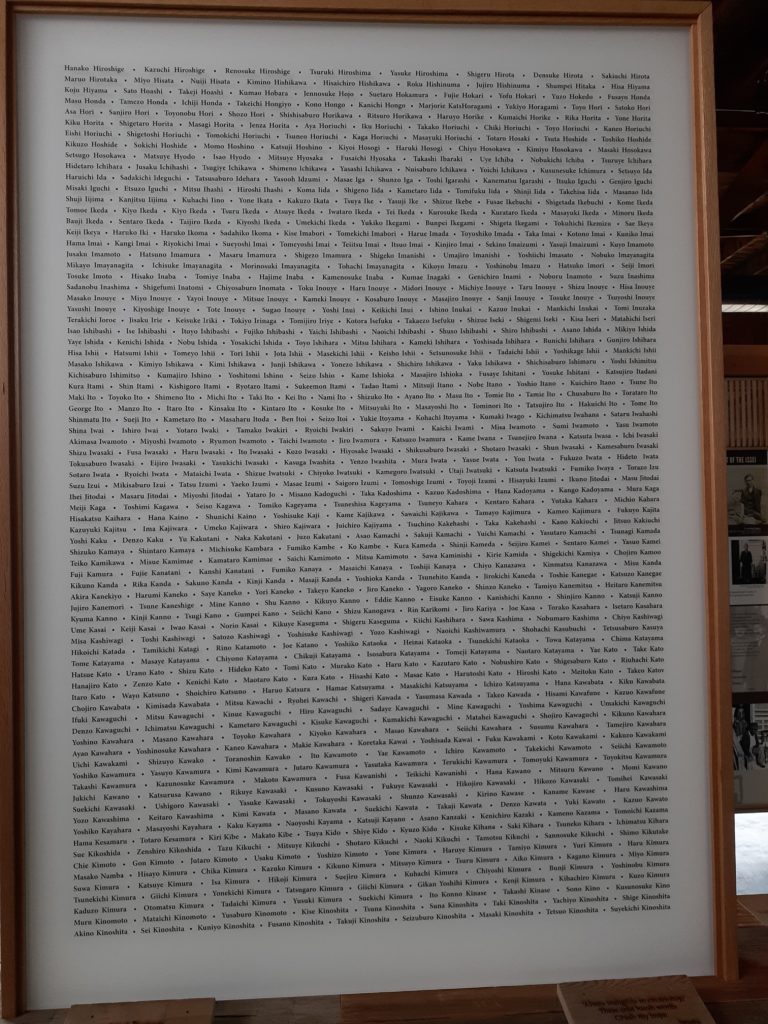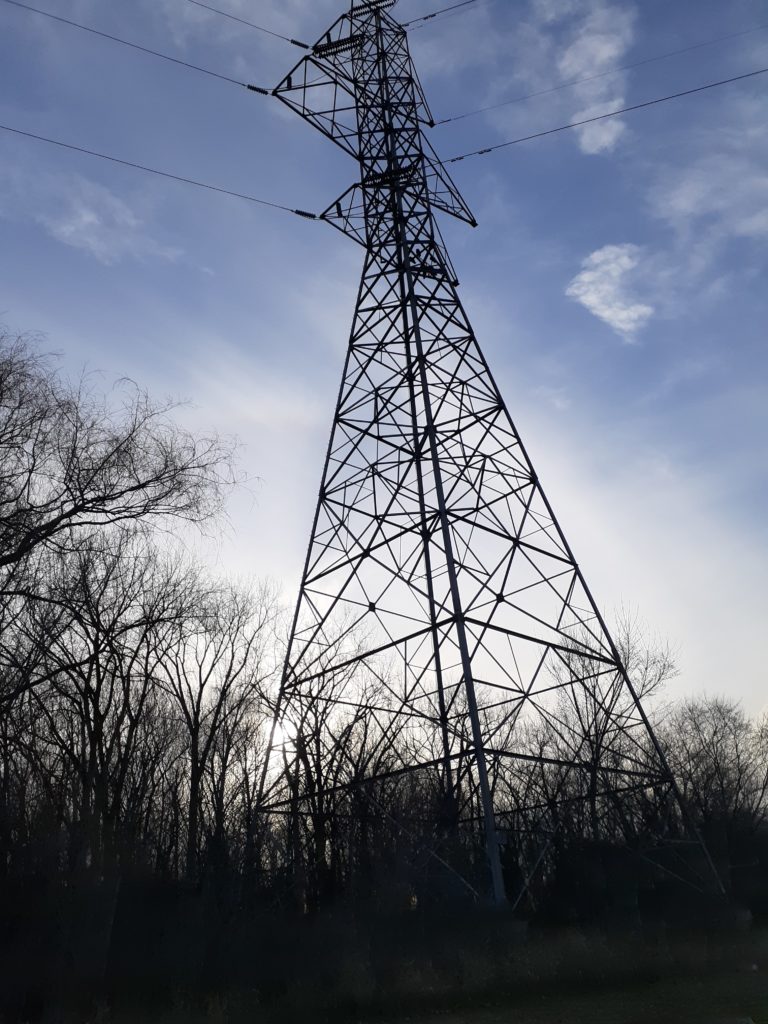My LTE in STrib – Mar-a-Lardo search
August 13th, 2022
PUC does NOTHING about Freeborn wind noise
July 13th, 2022
Yet another example of GI/GO noise monitoring, following the GI/GO noise modeling, notice of the discrepancies between modeled noise expected and the actual noise found in the post-construction noise modeling.
It doesn’t want to embed, so here’s the link:
https://minnesotapuc.granicus.com/MediaPlayer.php?view_id=2&clip_id=1737&meta_id=205848
The noise study for Freeborn Wind at issue, Parts 1 and 2:
And Commerce-EERA “analysis” of it, with the emphasis on “anal” eh?
There was a lot of talk about the Minnesota noise standards (which are admittedly NOT designed to address wind noise), Minn. R. 7030.0040:
And not until quite late in the discussion did they even bring up the 47 dB(A) limits imposed by the “Special Condition” deal that Commission did with Freeborn:
Note that when there are levels above 47 dB(A), “the Permittee shall work with the Department of Commerce to develop a plan to minimize and mitigate turbine-only noise impacts.” Where does the landowner/resident/human “receptor” fit in? Zero consideration, evidence shows. GRRRRRRR.
The Lava Ridge wind project is likely the country’s largest wind project thus far, with turbines twice the size of those in Minnesota. Here’s the “Magic Valley” developer page: https://www.magicvalleyenergy.com/
And the BLM page for the project:
LAVA RIDGE WIND PROJECT
Cut & paste of some basic facts for the project:
BLM National NEPA Register — Lava Ridge Wind Project
The “Friends of Minidoka” are actively challenging this project, more info here, the link is dated, a cut & paste blurb from BLM:
Bureau of Land Management Extends Public Scoping for the Lava Ridge Wind Project
The prerecorded presentation and scoping posters are available on the project website at https://go.usa.gov/xFKxg.
Contact info for BLM, please contact Kasey Prestwich, Lava Ridge Wind Project EIS Project Manager, Phone: 208-732-7204, E-mail: kprestwich@blm.gov.
From that Scoping Report, here’s another, better map:
I’d expect the EIS will take at least a few more months, and perhaps not be released until next year. I’ve asked and will report in if I get a response. And here ’tis, expected that “Draft EIS will be published in September 2022 and a Notice of Availability for the Final EIS will be published in April 2023.”
Just in today (I’d requested to be on developers project list) – there’s a meeting on Saturday,11a-1p at College of Southern Idaho, Taylor Building, Rm. 276:
A MUST visit — Minidoka National Historic Site
June 1st, 2022
When we left Craters of the Moon Nat’l Monument and Preserve, we learned Minidoka National Historic Site was on the way out of Idaho, so of course we headed to Jerome, Idaho. It’s a memorial documenting the U.S. internment of Japanese citizens and issei (first generation Japanese immigrants who the “U.S.” determined were unable to become citizens). When we toured Manzanar in 2017, which needs to be on everyone’s go-to list, I got a copy “By Order of the President: FDR and the Internment of Japanese Americans,” written by Greg Robinson, focused on Executive Order 9066 and rounding up of Japanese without due process, without notice, where families lost everything, EVERYTHING, and were in these concentration camps for years, in some cases, having to build the camps, as they were in remote locations, and nothing was there!

It’s really disturbing that this IS how we treat people in this country. It’s doubly disturbing when we see familiar names on the list, in this case, the Issei Memorial of those imprisoned at Minnedoka:
These are lessons we need to know, and never repeat. Yet back in 2017, when we toured Manzanar National Historical Site, the then “President” was issuing hateful and discriminatory Muslim ban Executive Orders, starting with EO13769, to prevent entry to the U.S. Deja vu all over again.
The Minidoka National Historic Site is quite new, and it looks like it’s under development, more to come. There’s a strong tie with this location to the Bainbridge Island round-up, where Japanese first were sent to Manzanar, and then to Minidoka. There’s more info on Bainbridge Island that HERE (though this site is odd, the wording/language used is a little to “happy.” From the site, “children and adults alike will enjoy this delightful local museum” ummmmm, there’s nothing delightful about forced “evacuation” and incarceration.)
DOE wants our comments on transmission “facilitation”
May 22nd, 2022
On May 12, 2022, the DOE released a “Notice of Intent and Request for Information Regarding Establishment of a Transmission Facilitation Program.” Comments are due June 13. Here’s the Federal Register publication:
https://www.govinfo.gov/content/pkg/FR-2022-05-12/pdf/2022-10137.pdf
One aspect that particularly concerns me is focus on NIETC transmission corridors, designated more than a decade ago, 2005 to be precise, and also containing a category of claimed need for “transmission across more than one state or transmission region.” That criteria would apply to almost every transmission project I’ve worked on, although most were segmented (so that the full extent of the project would not be considered or evaluated, DOH!):
What to comment on? Go to the above Federal Register link, and specific issues for comment start on page 6, “Questions for Requests for Information.” However, if you know of issues that should be considered but are not specified, have at it, put it down in detail.
I do get a little paranoid when they request comments on subjects like this — that “barriers to transmission” is one often raised by Beth Soholt, WOW (now as “Clean Grid Alliance” even more directly identifiable as transmission toadies), and here it is:
Comments are due by June 13, and should be sent to the “Federal eRulemaking Portal” (the only option), and must include the “agency name and identifier.” The agency is “Grid Deployment Office, Department of Energy.”
A decade ago or more, our state agencies eliminated consideration and scrutiny of “need” for transmission by making transmission a “regional” and market matter, making state permitting review nothing more than a rubber stamp. There’s never been a transmission proposal that state agencies didn’t love, rubber stamping everything that came their way. Now that fossil is to be shut down, that should free up immense capacity, but you’ll note that that doesn’t ever seem to be in the mix. Even NERC notes that fossil generation isn’t projected to decrease much, and locally, a good example is GRE’s walk-back on their promise to close Coal Creek, and instead “sold” the plant and transmission, and signed PPA to buy the Coal Creek generated energy.
Here’s NERC’s 2021 Long Term Reliability Assessment’s projection of MW of resources, note that coal doesn’t seem to be going anywhere anytime soon:

If shuttering down fossil is not incorporated into the transmission capacity “need,” exactly what are they basing the “need” claim on? Inquiring minds want to know.
Anyway, do check out the request for comments and let them have it. There are a many specific issues presented that has something for everyone!

